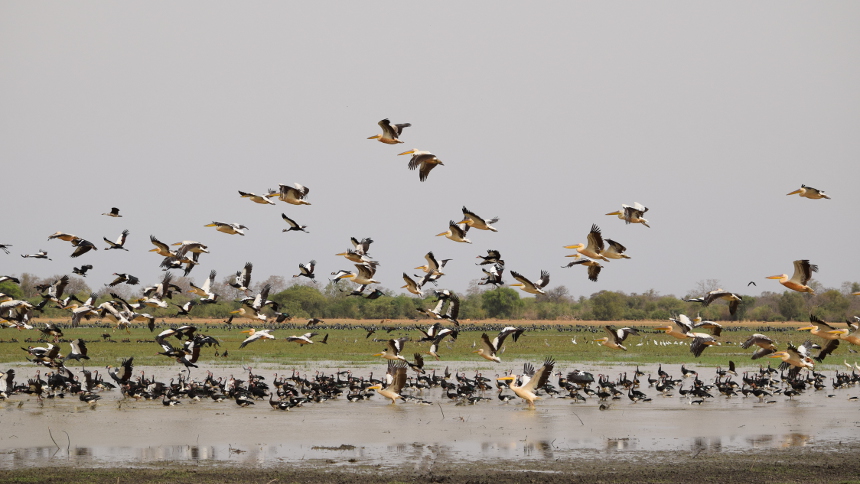
My visit to Zakouma was an incredible experience. The landscapes were beautiful, the amount of wildlife roaming the park was incredible, and the opportunity to see the night fauna was really exciting. If anyone has the opportunity, I am definitely suggesting a visit to Zakouma National Park.

Zakouma is one of the last wildlife strongholds in central Africa and it is the only Sudano-Sahelian ecosystem still intact. As little as 50 years ago, all Chad was a reign for wild animals, today it is extremely hard to find more than camels and zebus outside of park boundaries.
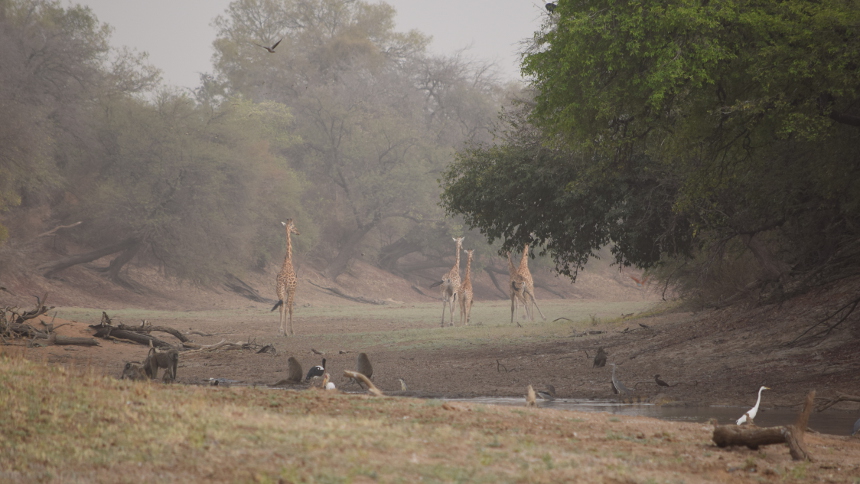
The Zakouma area started its journey towards becoming a National Park in 1958, when thanks to the efforts of Colonel Michel Anna, it was classified as a faunal reserve. In 1963 it was named National Park, the boundaries were extended and the villages within the borders of the park, where many poachers had found residence, were relocated. Prior to 1986 Chad lived a period of strong civil unrest, that led to less attention being given to the park and funds being relocated. Populations of lions, elephants, crocodiles and rhinos suffered great losses during this period, with the latter going extinct. For 3 years the perseverance of 18 guards who kept working even without pay, was the only thing that kept the park from complete destruction.

In 2010 African Parks took over the management of Zakouma. Thanks to their experience in other parks around Africa, they improved the conditions for animals, local communities and tourists. They increased security measures, with year-round anti-poaching patrols, when before most security was run only during the open season. They also increased the involvement of local communities both by providing employment, by getting involved in the education of the young generations and by offering opportunities to experience the park first-hand.

Zakouma National Park is little known by outsiders, even though this is changing thanks to the great conservation success the park is achieving, especially with the elephant population. And African Parks plans on keeping up this winning streak: in collaboration with the Chadian government, they are now working on a project to reintroduce rhinos in the park, which will see the first animal movement in July 2017.
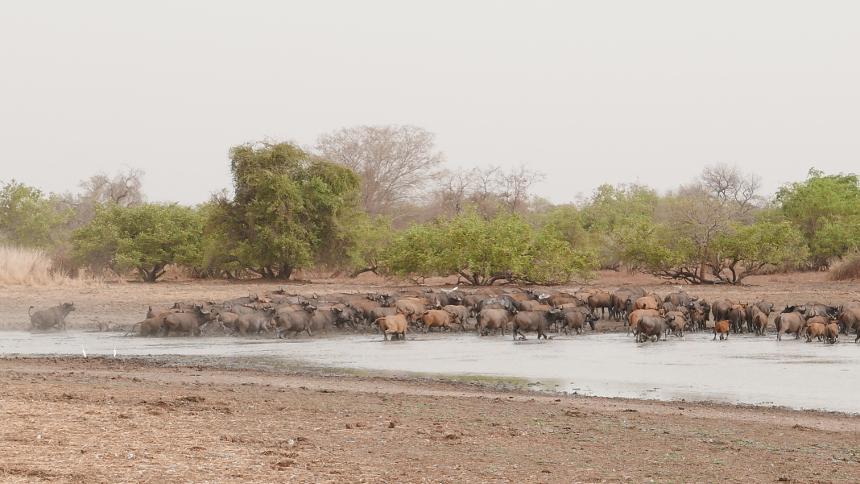
Visiting Zakouma is more adventurous than visiting many of the other African wildlife reserves. The guides will gladly go off road to follow the animals and let you wander by foot to reach the best photo spots. April is the last month of the dry season, before the rains start. This means that the water is limited (even though comparing to other parks I’ve seen there still is a lot of water!) and the animals gather in those places where water is still present. This makes the end of the dry season the best period to visit, even though you have to be ready to survive the absurd heat with no AC. The amount of birds you can see around these water pools is incredible, making even the novices want to play at identify the species. We saw and identified 30 species of mammals; identified more than 40 species of birds and seen many that we couldn’t give a name to; we saw crocodiles, monitor lizards and other smaller lizards and a few fishes as well.
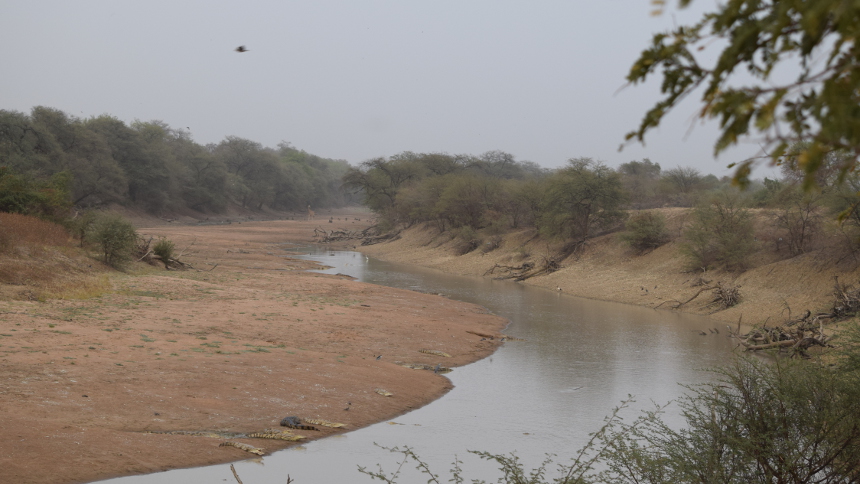
Zakouma Park also has beautiful landscapes, from the large plains to the winding valleys where rivers flow after the rains. Seeing them during the dry season makes you wish to travel to Zakouma in the wet season too, when even though the animals would be hard to see, the lush vegetation and incredible panorama would make for a different but equally amazing experience. I really hope I will have another opportunity to visit this amazing park.
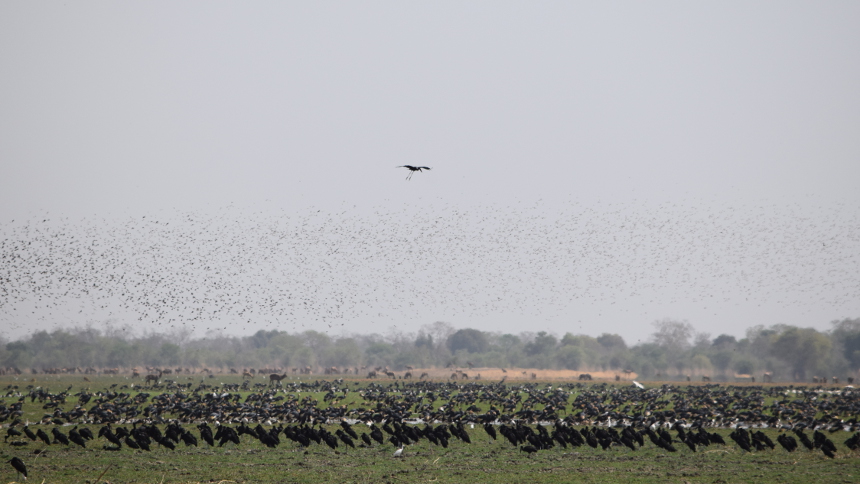
Great big thanks to our guide Ismael, who drove us around showing us the best spots and the magnificent animals!
Looking forward to reading about your Madagascar experience!
Flying out there tomorrow! So more stories coming up very soon.
Brava Chiara!
Grazie! Continua a seguirmi, da martedì sono in Madagascar quindi altre foto e altre storie!